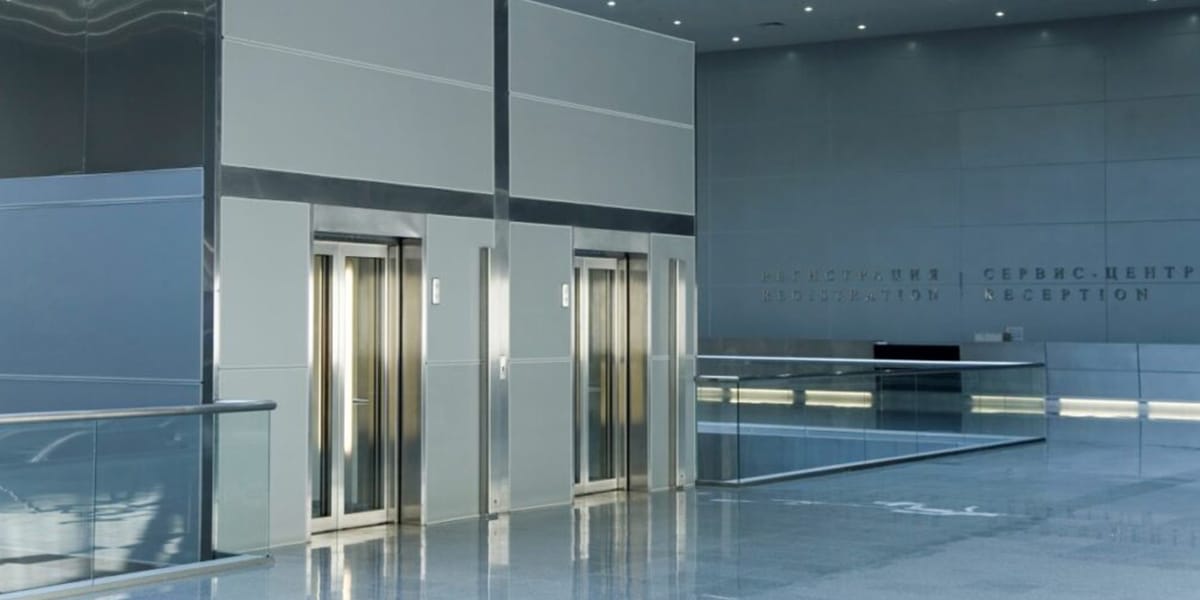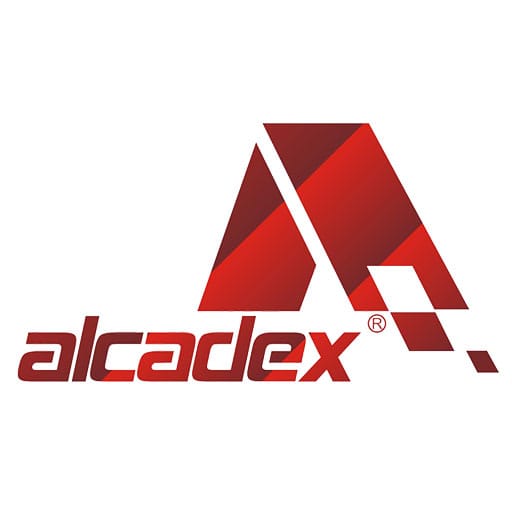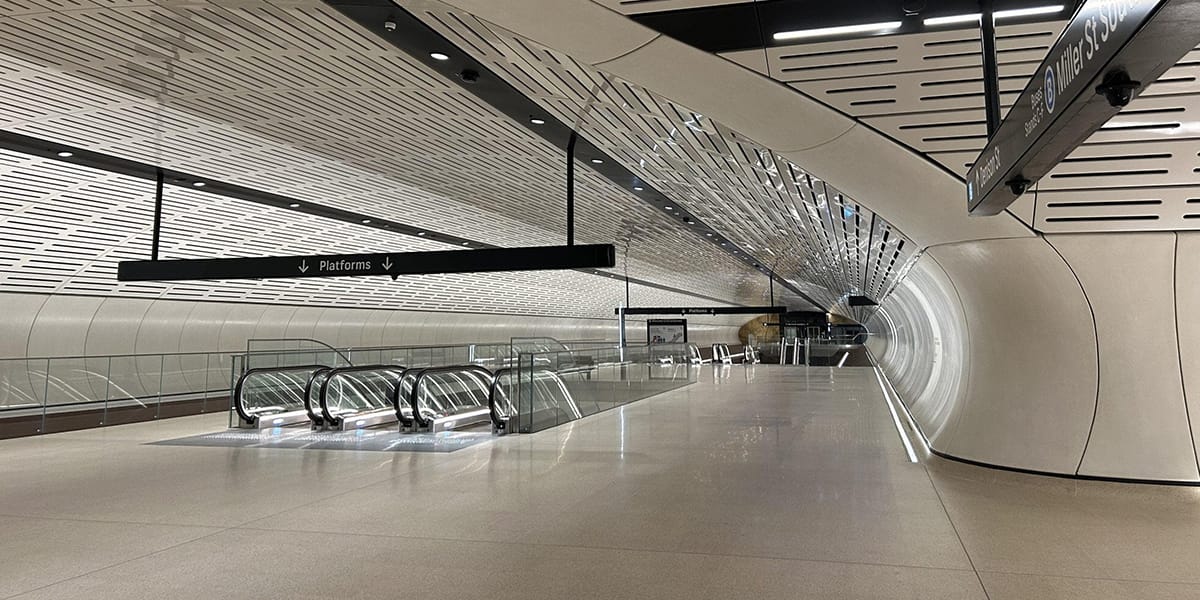
14 Jul What Are Interior Aluminum Composite Panels and Where Are They Used
Table of Contents
An interior aluminium composite panel consists of two thin aluminum sheets bonded to a non-aluminum core. This combination creates a material that is lightweight yet strong. The interior aluminium composite panel offers fire resistance, antimicrobial properties, and static prevention, making it an excellent choice for various indoor applications. Industry reports highlight that interior aluminium composite panels are commonly used in walls, ceilings, room dividers, and signage. The demand for interior aluminium composite panels is increasing, as reflected in the market data:
Statistic Description | Value / Percentage |
|---|---|
Global ACP Market Size (2024) | |
Projected Market Size (2033) | USD 10.00 billion |
Construction Sector Market Share (2024) | |
Fire-resistant ACP Market Share (2024) | 55.2% |
Interior aluminium composite panels are durable, visually appealing, and versatile, making them ideal for a wide range of indoor uses.
Key Takeaways
Interior aluminum composite panels have two thin aluminum sheets. These sheets are stuck to a strong middle part. This makes the panels light and tough for inside use.
These panels do not catch fire easily. They do not scratch or get damaged by chemicals. They help keep rooms warm or cool. This makes them safe and saves energy.
People use these panels for walls, ceilings, and signs. They are also used for partitions in homes, offices, schools, and hospitals. They are strong and look modern.
The panels are easy to put up because they are light. They do not need much care. This saves time and money over many years.
Picking the right panel depends on what the space needs. You should think about fire safety, coating type, and if it is good for the environment. This helps keep the space safe and stylish.
Interior Aluminium Composite Panel Basics
Structure and Materials
An interior aluminium composite panel has a sandwich-like shape. There are two thin aluminum sheets on the outside. The middle part is called the core. Most panels use a polyethylene core. Some panels use foam or other special materials. The aluminum sheets are painted before they are used. This gives the panel color and keeps it safe from damage. The layers are glued together with strong glue or epoxy resin. This makes the panel stiff and hard to break.
Scientists have looked closely at this sandwich structure. They found the thin aluminum sheets are about 0.3 mm thick. These sheets make the panel strong and protect the core. The core can be made from PET foam or polypropylene foam. Some panels have glass fiber between the core and the aluminum sheets. This adds more strength. All these materials together make a panel that is light but tough. This design helps the panels work well for many uses inside buildings.
Key Features
Aluminium composite panels have many good features for inside use. They are light, so people can carry and move them easily. The panels are strong and do not break or bend easily. They also resist scratches and bumps. Many panels help keep rooms warm or cool. Fire resistance is important, especially in public places.
Tests are done to check how well the panels work. These tests look at the surface to find any problems. They measure how thick the panels are. They check if the coating is hard enough. Panels are tested to see if they can take hits or resist chemicals. They also test how well the layers stick together. The table below shows some things that are tested:
Performance Metric | Purpose |
|---|---|
Appearance Quality | Looks for problems on the surface |
Sheet Thickness | Checks if the size is always the same |
Coating Hardness | Tests if it can resist scratches |
Impact Resistance | Checks if it can take a hit |
Chemical Resistance | Sees if it can resist stains and acids |
Peel Strength | Tests if the layers stay together |
These features make aluminium composite panels a top pick for many indoor jobs. The panels mix the good parts of aluminum and composite materials. This makes them great for walls, ceilings, and displays.
Aluminum Composite Panels Applications
Aluminum composite panels are used a lot inside buildings. Designers and builders use them for walls, ceilings, and displays. These panels look modern and are easy to put up. They are strong and work well in many places. People use them in homes and businesses.
are used a lot inside buildings. Designers and builders use them for walls, ceilings, and displays. These panels look modern and are easy to put up. They are strong and work well in many places. People use them in homes and businesses.
Wall Cladding
Wall cladding with aluminum composite panels makes rooms look new. These panels cover walls and hide any marks or bumps. Many architects pick them because they last long and resist fire. The panels come in many colors and styles. This helps designers make special spaces.
Market surveys say most aluminum composite panels are used in building and construction. Many are used for walls and ceilings inside. The market is growing fast. It was USD 6.3 billion in 2017. It may reach USD 8.8 billion by 2022. More people want these panels for inside use.
A table shows how aluminum composite panels compare to other materials:
Performance Aspect | Composite Cladding (Millboard) | Metal Cladding (including Aluminium) |
|---|---|---|
Durability | High (★★★) | High (★★★) |
Fire Safety | Moderate (D rating, ★★) | Excellent (A rating, ★★★) |
Maintenance | Low maintenance (★★★) | Requires occasional recoating (★★★) |
Aesthetic Appeal | Wood-like, versatile (★★★) | Modern look (★★) |
Cost | Moderate (★★) | Generally higher (★) |
Sustainability | Uses recycled materials (★★) | Moderate (★★) |
This table shows aluminum composite panels are safe and strong. They are a good choice for walls and room dividers. They work well in public places.
Partitions and Dividers
Aluminum composite panels are great for making partitions in offices and schools. They help make private spaces but do not make rooms feel small. The panels are light, so workers can move them easily. Many companies use them to build work areas that can change.
Some companies say their partitions have less than 1% defects. They use strong frames and tracks to hold the panels. This makes them last longer and look nice. These panels also help keep noise down between rooms. This is good for busy offices and classrooms. The panels are easy to clean, which is important in hospitals.
Ceilings and Soffits
Ceilings made from aluminum composite panels look good and work well. The panels can cover big spaces without bending. Builders use special frames to hold the panels up. These frames help keep heat in or out and support the panels.
Aluminum composite panels are used in ventilated cladding systems. These systems help with heat and support.
Frames use steel and fiberglass to stop heat from moving.
Builders space fasteners and pick panel thickness for safety.
The panels and frames need special ways to attach for fire safety and to stop water.
Most studies look at outside walls, but the same ideas work for ceilings. The panels are light and strong, so they are good for big rooms.
Signage and Displays
Aluminum composite panels are often used for signs and store displays. The panels are flat, so it is easy to print on them. Stores use them to make displays that catch your eye. The panels do not scratch or stain easily, so signs look new longer.
A case study shows these panels work well for signs inside and outside. They last long and look nice. Companies can cut them into many shapes. This is good for ads and branding.
Reports say more people use these panels for signs and displays. The panels are flat and easy to print on. New coatings make them look better and last longer.
Tip: For store displays, aluminum composite panels are strong and stylish. They are light, so they are easy to put up. Their smooth finish helps brands get noticed.
Aluminum composite panels help designers and builders in many ways. They are used for walls, partitions, ceilings, and displays. These panels help make spaces look modern and work well in many buildings.
Benefits of Aluminium Composite Panels Indoors
 Durability and Strength
Durability and Strength
Aluminium composite panels are very strong and last a long time. They have two aluminum sheets with a tough core in the middle. This makes them hard to break or bend. The panels do not get dents or scratches easily. They can handle bumps in busy places like schools and hospitals. Many companies test these panels for fire safety and strength. Some panels can stop fire for up to two hours. This makes them safe for inside buildings. Because they are so tough, you do not need to fix them often. Owners save money since the panels last longer and need fewer repairs.
ACPs are light, so workers can put them up fast.
The panels do not get damaged by water or chemicals.
Groups like ASTM and EN check the panels for safety and quality.
Aesthetic Appeal
Interior aluminium composite panels look nice and help decorate rooms. Designers can pick from many colors and finishes. The panels can look shiny, metallic, or even like wood. This helps architects make cool and modern spaces. The smooth surface is good for printing pictures or logos. The strong coating keeps the panels looking new for years.
Feature/Aspect | Aluminium Composite Panel (ACP) | Polycarbonate (PC) |
|---|---|---|
Many colors and finishes, metallic look, creative uses | Clear, tinted, textured sheets | |
Premium Finish | Strong and good for fancy rooms | N/A |
Structural Stability | Very tough and keeps looking good | N/A |
Applications | Walls, ceilings, partitions, offices | Skylights, greenhouses, safety shields |
These things make ACPs great for both looks and use in new buildings.
Easy Installation and Maintenance
Aluminium composite panels are easy to put in place. They are light, so workers can carry them without big machines. This saves time and money on building jobs. The panels do not need much care. Their surfaces do not stain or scratch easily, so cleaning is simple. Owners do not have to paint or change them often. ACPs also help keep rooms warm or quiet. This makes buildings more comfortable. Using these panels saves money over time and helps save energy. You can use them in many places, like offices or malls.
Tip: ACPs can be recycled and are made in ways that help the planet. This makes them a good pick for green buildings.
Choosing the Right Interior Aluminium Composite Panel
Suitability for Different Spaces
Picking the best interior aluminium composite panel depends on where it will go. Designers and builders think about what each space needs before they decide.
Polyethylene (PE) coatings are good for most rooms. They look smooth, stick well, and come in many colors.
Some coatings, like anti-bacterial or anti-static, are used in hospitals or factories.
Eco-friendly and low-VOC coatings help the planet and make air cleaner inside.
Fire-retardant or non-combustible cores are safest for schools, hospitals, and public places.
Criteria | Description & Impact on Suitability for Interior Spaces |
|---|---|
Core Material | Fire-retardant and non-combustible cores keep people safer and follow rules for special rooms. |
Panel Thickness | 4 mm panels are strong but still bend a little, so they work for walls and ceilings. |
Coating Types | PE and other coatings help with style and safety. |
Application-Specific Requirements | ACPs should look nice, last long, and be safe for fire and the environment. |
Being green is important in new buildings. Many panels now have eco-friendly features, so they are a smart pick for green projects.
Installation Tips
Putting panels in the right way helps them last and look nice. Installers should:
Use the right frame and fasteners for how thick the panel is.
Make sure the wall or ceiling is flat before starting.
Leave small spaces so the panels can move a little.
Clean the panels before and after putting them up.
Tip: Wash panels with mild soap and water to keep them looking good. Do not use strong cleaners so the finish stays nice.
Installers should always follow the maker’s instructions. Taking care of panels helps them last longer and is better for the planet.
Cost Considerations
The price of an interior aluminium composite panel depends on a few things. The cost of aluminum and polyethylene can change a lot. This makes the final price go up or down. Panels with better coatings or fire-safe cores might cost more, but they are safer and last longer.
Economic/Market Factor | Description |
|---|---|
If aluminum or coatings cost more, panels cost more too. | |
Price Volatility | Oil prices and money changes can make prices go up and down. |
Manufacturing Expenses | Factories need a lot of money to start making panels. |
Supply Challenges | If there are not enough materials, prices can go up and panels can be late. |
Innovation Impact | New green coatings and fire-safe cores can change how much panels cost. |
Being green is still important. Panels that last longer and use eco-friendly stuff can save money later. Builders should look at price, quality, and how green the panels are before picking one.
Interior aluminium composite panel solutions are strong and look nice. They are easy to take care of in many indoor places. Designers use them for walls, ceilings, and displays. You can find them in homes, offices, and public buildings. These panels help make spaces safe and modern. They are light, so putting them up is simple. Homeowners and builders can make any room better with these panels. It is smart to ask a professional before starting a project for the best results.
FAQ
What is an interior aluminium composite panel?
This panel has two thin aluminum sheets. There is a core in the middle. It is light and strong. People use it for many indoor jobs.
Can you paint or print on these panels?
Yes, you can paint or print on them. The surface is smooth. Colors and pictures look bright and clear.
Are these panels safe for schools and hospitals?
Manufacturers make these panels to be safe. They meet fire and hygiene rules. Many schools and hospitals use them. They are easy to clean.
How do you clean an interior aluminium composite panel?
Use a soft cloth with mild soap and water. Do not use strong chemicals. This keeps the panel looking nice.
Where can you use interior aluminium composite panels indoors?
People use these panels for walls and ceilings. They are good for partitions and displays. You see them in offices, malls, hospitals, and homes.



 Durability and Strength
Durability and Strength